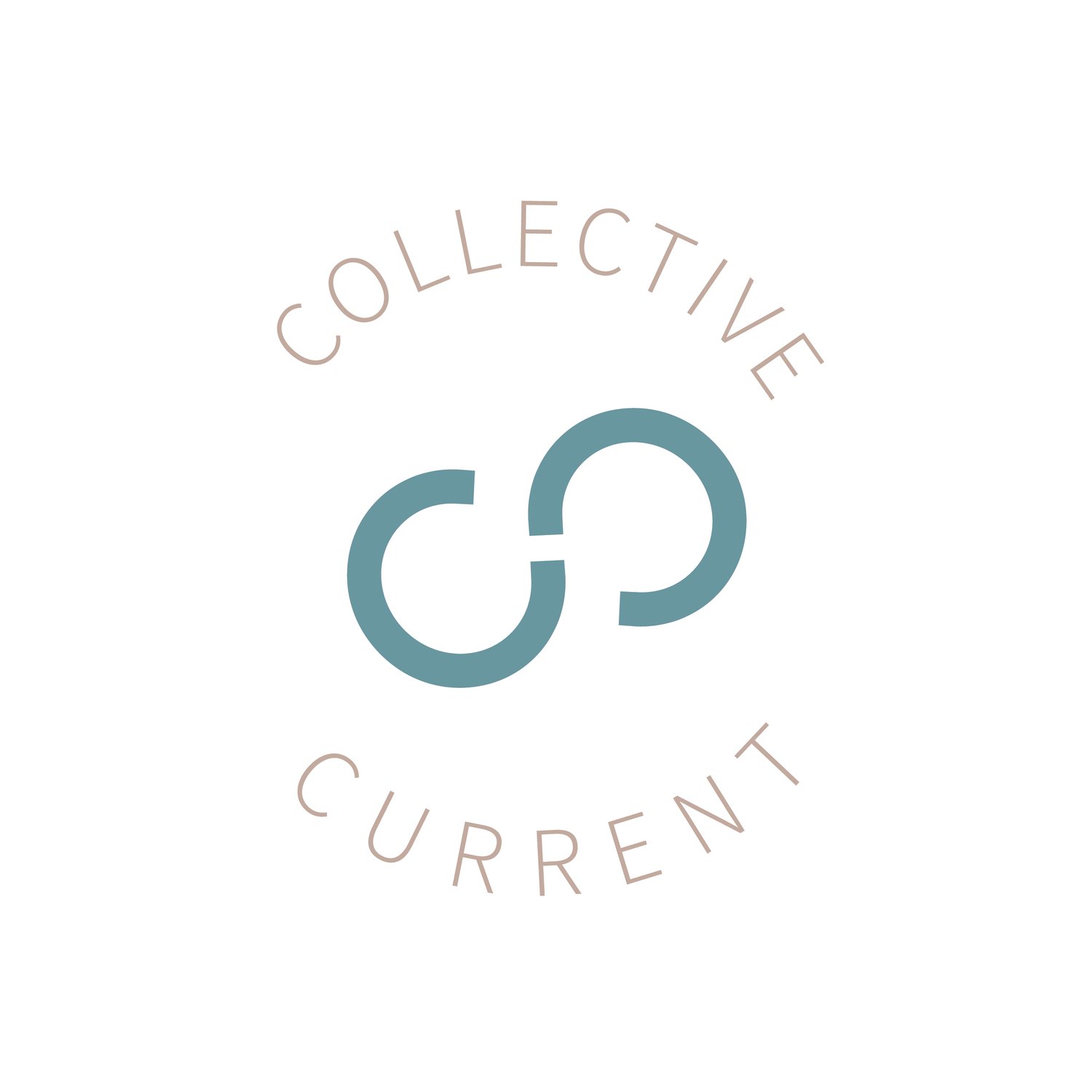Crying
As a clinician, I have the great honor of holding space and sitting with others as they unpack difficult emotions, the tears come and sometimes they don’t, but more often than not, those big beautiful droplets are paired with an apology.
Why the apology?
Let’s take a quick trip to your childhood. What were the messages you received when you cried? Were you rewarded when you stopped crying? Were you told to stop? Perhaps you were even punished for crying. As a result of our experiences and social norms, we have internalized crying as bad, weak and inconvenient to the other person because they have to “handle” our emotions.
As humans, we work furiously to maintain our image. We want to position ourselves as controlled, together, strong and happy individuals. Allowing our more difficult parts to be seen can feel extremely uncomfortable. However, crying doesn’t represent weakness, it represents vulnerability and when we show others that we are vulnerable, we are connecting, which is a basic human need. Crying is, in fact, a visual signal to others that we need support.
According the Medical News Journal, in the United States, women cry an average of 3.5 times per month and men cry an average of 1.9 times a month and humans are the only animals to cry tears. Tears associated with emotion are actually comprised with higher level of stress hormones than other types of tears and activate the (parasympathetic nervous system) which is responsible for calming us down. Research has found that in addition to being self-soothing, shedding emotional tears releases oxytocin and endorphins. These chemicals make people feel good and may also ease both physical and emotional pain. In this way, crying can help reduce pain and promote a sense of well-being.
And what about that glow? Rosy cheeks, clear eyes, full lips-We have all seen that glow that can occur after a good cathartic cry. It’s a natural detox that purges repressed emotions and stress. Emotional tears contain stress hormones that are secreted from the body.
So next time that lump moves up your throat and your eyes widen, lean into it, lean way into because crying makes us feel better, even when a problem persists.
